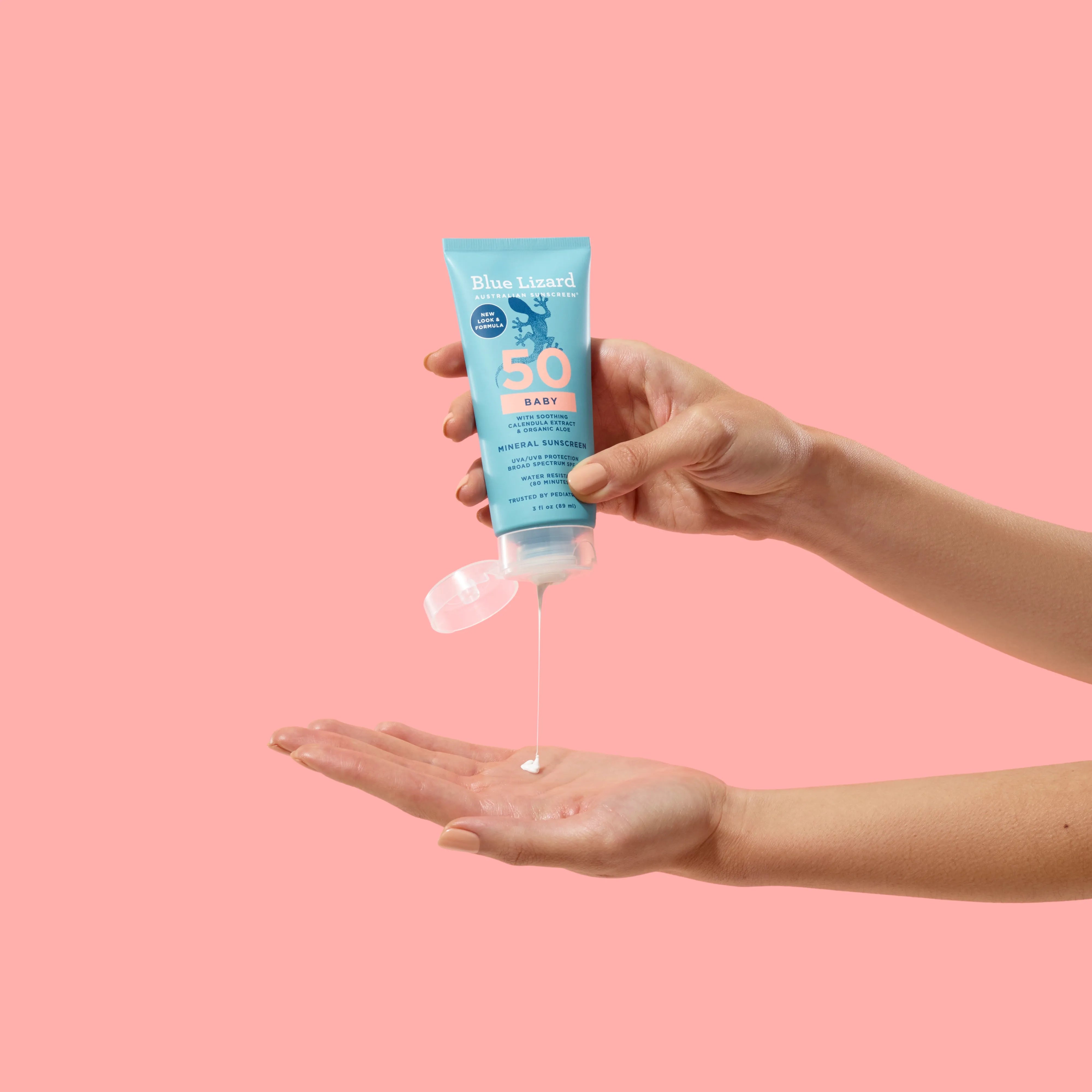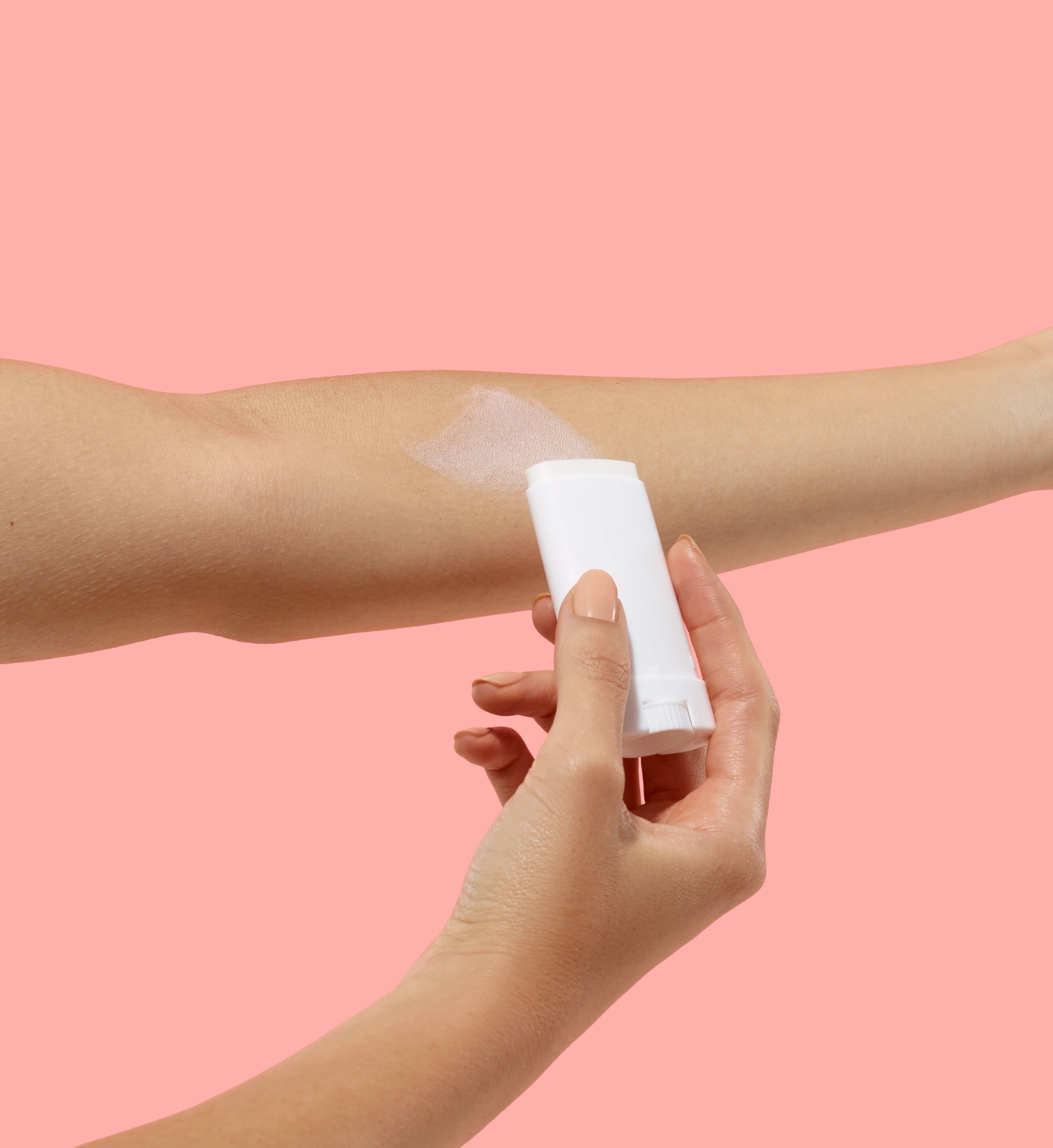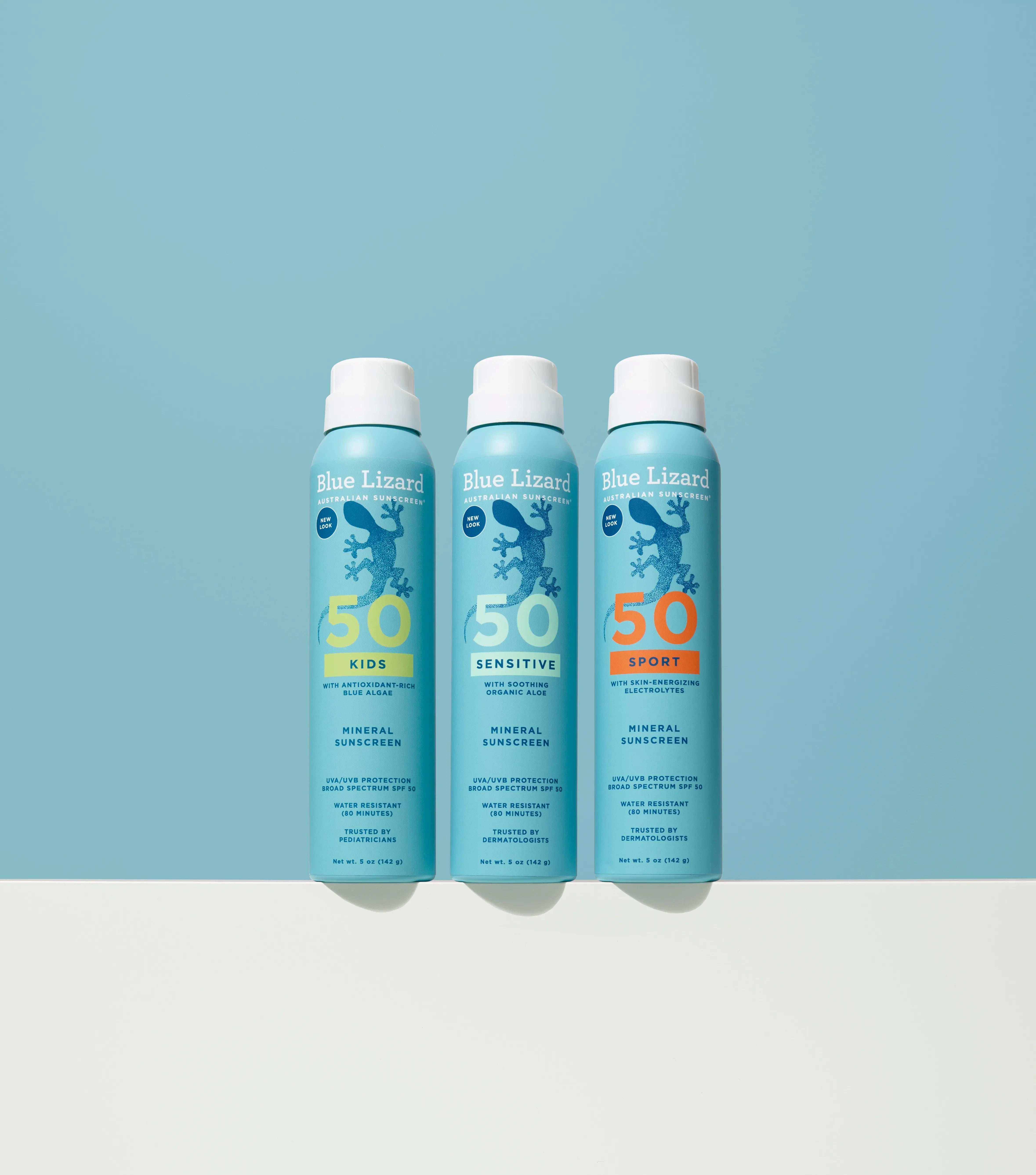When you ask a dermatologist their top tip for sunscreen, most often their response is something like, “Just wear it! Everyday!” But what do dermatologists really recommend when it comes to slathering up with the best SPF? What’s the best sunscreen for everyday wear? What about the best beach sunscreen? Is SPF 100 really a thing?
As the mineral sunscreen experts, we combined our knowledge with some of the best tips from dermatologists to make sure you find the right sunscreen for all of your sunny adventures.
What the heck does SPF even mean?
SPF. There’s a lot of information in those three letters that dermatologists want you to know, but also the number that follows it is not the be all end all.
SPF stands for sun protection factor. There’s a common misconception that the number of SPF you use relates to how long you can stay protected in the sun. It’s easy to believe that if you get sunburnt in an hour without wearing sunscreen, wearing an SPF of 15 would give you 15 hours of sun protection, but that’s not the case.
Every sunscreen, no matter the SPF number, should be re-applied at least every two hours, and even more often when swimming or sweating. Check the back of your sunscreen tube for exact instructions on when and how to reapply.
SPF has nothing to do with the amount of time you’re protected in the sun. Instead, SPF measures the amount of sunburn protection a sunscreen provides. The higher the SPF, the higher the sunburn protection… but what is the difference between the numbers and what do dermatologists say you actually need?
The difference in SPF Numbers
What’s the difference between an SPF 100 sunscreen and an SPF 50 sunscreen? We’ll give you a hint: it’s not 50. SPF math is a little different from regular math. Just because you’re doubling the number doesn’t mean you’re doubling the protection. An SPF 15 sunscreen protects from 93% of UVB rays, while an SPF 30 sunscreen bumps up to 97% protection, and a sunscreen with SPF 50 protects you from 98% of UV rays.
What do the experts recommend?
The Food and Drug Administration recommends a sunscreen of at least SPF 15. Dermatologists take it a step further recommending sunscreens that have an SPF of 30 or higher.
While SPF is important, dermatologists say it shouldn’t be the only thing you’re thinking about when picking up a bottle of sunscreen. That’s because SPF doesn’t measure protection from UVA rays (a.k.a. aging rays).
Sunscreens that protect you from both UVB and UVA rays are called “broad spectrum” sunscreens. If your sunscreen doesn’t say “broad spectrum,” it’s not protecting you from aging UVA rays.
Another thing your dermatologist wants you to look for: Water resistance and sweat resistance. Headed out for a swim or a run in the sun? Water resistance and sweat resistance helps sunscreen stay on your skin, otherwise the sunscreen can bead up and drip right off of you. The amount of water resistance is determined by how long a sunscreen will stay on the skin. No sunscreen in the U.S. is rated higher than 80 minutes of water resistance, according to FDA guidelines.
Blue Lizard SPF+
While sunscreen is an important step in protecting your skin, it shouldn’t be stressful. With Blue Lizard sunscreen you don’t have to worry that you’re checking all of the boxes for dermatologist recommended sunscreen. We hold our products to a higher standard because we believe in effective sun protection that’s gentle on skin.
Blue Lizard is highly recommended by dermatologists and pediatricians. All of our sunscreens contain broad spectrum Zinc Oxide, protecting you from both UVA and UVB rays. Our Sensitive, Baby, Kids, and Sport sunscreens are also water resistant for splash time, swim time and sweat time. With our sunscreens, you can have worry-free fun outdoors knowing you and your family are protected.








